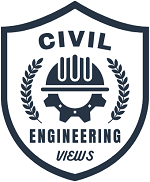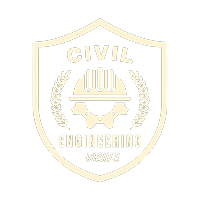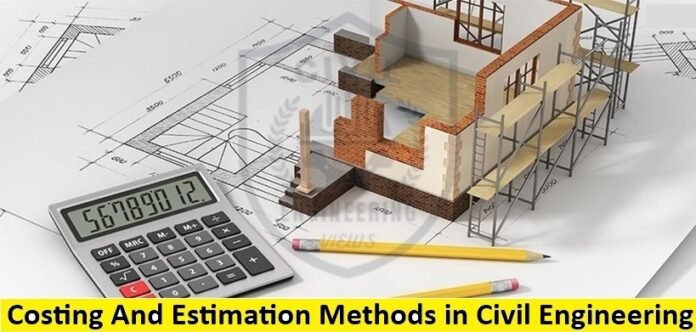Costing And Estimation Methods in Civil Engineering
Cost estimation in civil engineering is a multifaceted process that demands meticulous planning, analysis, and expertise. By employing a combination of quantitative and qualitative methods such as quantity takeoff, unit cost estimation, parametric estimation, and life cycle costing. Costing And Estimation Methods in Civil Engineering
Introduction of Costing And Estimation
Cost estimation is a critical aspect of civil engineering projects, encompassing a variety of methods and techniques to ensure accurate budgeting and resource allocation. In this article, we delve into the intricate world of costing and estimation in civil engineering, exploring various methodologies and their applications. Engineers can develop accurate and reliable cost estimates essential for successful project execution
Related Post
-
Introduction And Types of Maintenance of Building With Full Details
-
How To Calculate The Estimate of Building Construction
Quantity Takeoff
Quantity takeoff involves a detailed assessment of materials, labor, and equipment required for construction. It begins with analyzing project blueprints and specifications to quantify elements such as concrete, steel, excavation, and labor hours. Advanced software like Building Information Modeling (BIM) facilitates automated quantity takeoff, enhancing accuracy and efficiency.
Unit Rate Cost Estimation
Unit cost estimation involves assigning costs to individual project components based on historical data, market rates, and industry standards. It requires meticulous research and analysis to determine unit rates for materials, labor, equipment, and overhead expenses. Factors such as location, project complexity, and economic conditions influence unit costs.
Parametric Estimation
Parametric estimation utilizes mathematical models to extrapolate costs based on project parameters such as area, volume, or unit quantities. It involves developing cost-estimating relationships (CERs) derived from historical data and regression analysis. Parametric models offer rapid estimation capabilities and are particularly useful for early-stage project planning.

Analogous Estimation
Analogous estimation, also known as top-down estimation, relies on similarities between the current project and past projects to forecast costs. It involves comparing key project characteristics such as size, scope, and complexity to identify analogous projects with known costs. While less precise than other methods, analogous estimation provides quick, high-level cost estimates during the conceptual phase.
Bottom-Up Estimation
Bottom-up estimation entails aggregating costs from individual work packages or activities to calculate the total project cost. It involves breaking down the project into manageable components, estimating costs for each element, and summing them to derive the overall cost. Bottom-up estimation offers detailed insights into cost drivers and is essential for accurate budgeting and resource planning.
Three-Point Estimation/Three die mention Estimation
Three-point estimation, based on the PERT (Program Evaluation and Review Technique) method, accounts for uncertainty by considering optimistic, pessimistic, and most likely scenarios for each cost element. It involves calculating the expected cost using a weighted average of these three estimates, incorporating risk factors and variability into the cost estimate. Three-point estimation enhances project risk management and contingency planning.
Life Cycle Costing
Life cycle costing extends beyond construction costs to assess the total cost of ownership over the project’s life span, including operation, maintenance, and disposal expenses. It involves analyzing costs incurred throughout the project life cycle and applying techniques such as discounted cash flow analysis to account for the time value of money. Life cycle costing promotes sustainable decision-making by evaluating long-term economic viability and environmental impact.
Cost estimation in civil engineering is a multifaceted process that demands meticulous planning, analysis, and expertise. By employing a combination of quantitative and qualitative methods such as quantity takeoff, unit cost estimation, parametric estimation, and life cycle costing, engineers can develop accurate and reliable cost estimates essential for successful project execution. Embracing technological advancements and leveraging data-driven approaches further enhances the precision and efficiency of cost estimation practices, ultimately contributing to the success of infrastructure projects worldwide.


